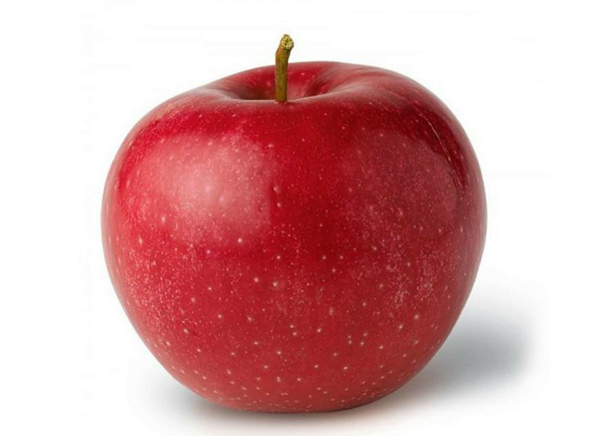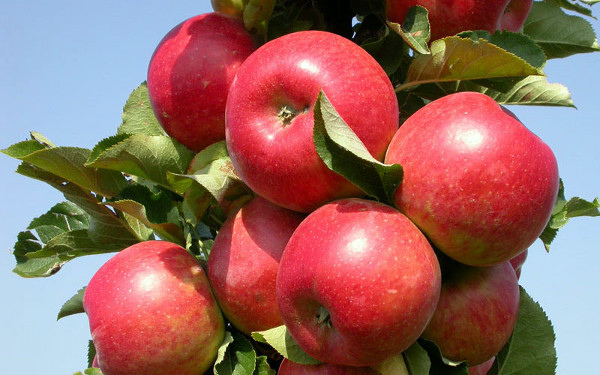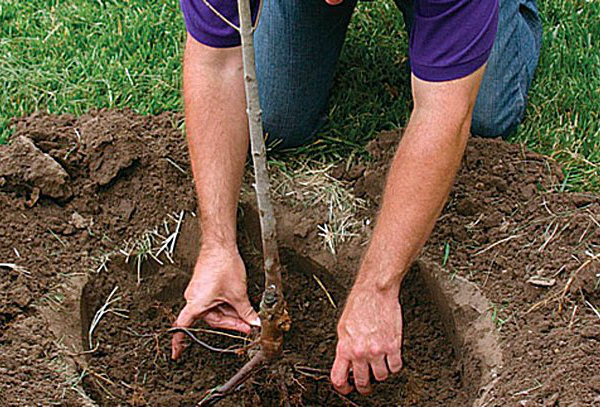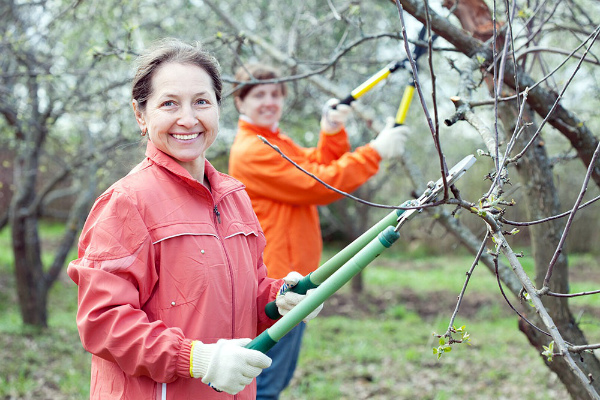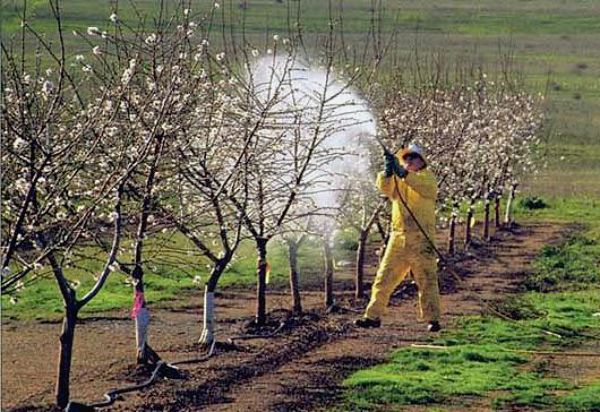Apple-tree Elena is one of the most popular varieties
Content
Description of culture
The hybrid “Elena” is obtained by crossing two varieties of summer apples: “Early Sweet”, which was taken as a mother tree, and “Discovery”. As you know, both varieties have excellent taste, so the new hybrid turned out to be even sweeter and juicier.
The fruits of the “Elena” variety have a bright yellow-red, sometimes greenish peel. The size of apples is average - 120–150 g, but if there are a lot of fruits on the apple tree, then there may be less. The pulp is very juicy, fine-grained, white, full of anger there are red blotches, sweet taste (11% sugar), very aromatic.
The apple trees are compact, of medium height (2.5–3 m). The crown is pyramidal, not dense, slightly raised. The branches are slightly lowered, the ends rush upward, the color of the bark is gray-green. The foliage is densely located at the edges of the branches, and is absent closer to the trunk. The leaf plates are oval, smooth, with small serrations along the edges, have an intense green color on top, and slightly grayish on the underside. The flowers are white, collected in groups, bloom in late April - early May, have a sweet aroma, which attracts many insects.
Characteristic
Variety "Elena" is characterized by a very early fruiting period - apples reach removable maturity by mid-July, and are one of the very first summer fruits.
Since apples are very sweet and juicy, they cannot be stored for a long time - a maximum of three weeks in a cool place. After this time, the fruits lose their juiciness and become almost tasteless.
Apple trees of this variety are pollinated by insects. The pronounced sweet aroma emitted by the flowers attracts many bees and other insects, therefore the apple yield is very high (25 tons / 1 ha). The branches of fruiting trees are literally hung with fruits, which is why they sometimes need support. The tree begins to bear fruit already from the second year of life, but this harvest is calculated in a couple of kilograms of fruit. Full fruiting occurs at about the fifth year of life, but it all depends on the conditions and region of growth.
Growing features
Apple trees are intended for cultivation in the temperate climate of the middle zone. This does not mean that this variety cannot be planted in more severe climatic conditions, but in this case additional fertilizing of the soil and the plant itself will be required. The fact is that cold winters often lead to deep freezing of the earth, which makes the soil impoverished and becomes unsuitable for growing fruit crops.
For abundant flowering, apple trees of the Elena variety need to accumulate a significant supply of nutrients in the spring, and therefore the plants especially need spring feeding.
When grown in hot climates, apple trees need regular watering, at least until they have grown. Fruiting also depends on moisture.If the soil is constantly dry, the plants cannot absorb nutrients from it, and therefore the flowers fall off, but the ovary is not. It should be clarified that this situation can occur only in dry and hot conditions - in other regions, the variety is grown quite successfully without watering.
As the description tells, the “Elena” variety is really unpretentious, but you shouldn't plant trees in the shade of a garden, near large and mature trees. The place for planting seedlings should be open and, if possible, sunny. The culture grows well with other apple trees, while attracting pollinating insects for them.
Planting or transplanting seedlings is carried out in the spring: from the second half of March to the end of April. A planting hole for an apple tree is prepared a week before planting. First, a hole is dug 80–90 cm deep, then a layer of fertilizer (compost, humus) is placed on its bottom. In a week, the earth will warm up a little (organic matter perfectly warms the soil), which will allow the seedling not to freeze and take root sooner.
Care
Like all apple trees, the Elena variety, the description of which is presented above, needs regular complex care. From early spring to the very cold weather, it is necessary to monitor the condition of the trees and carry out the following activities:
- in the spring, and then throughout the season to inspect the plants for damage, the presence of dried branches;
- heal wounds and injuries, if any;
- timely cut off damaged and dry branches, and process and heal the cut site;
- periodically remove weeds and loosen the soil around tree trunks - this procedure improves oxygen access to the roots;
- watering trees (in the first year of life, seedlings may need watering, in subsequent years there is no such need);
- fruiting apple trees are distinguished by an abundance of flowers that need to be thinned out (partially removed) - this procedure will help to avoid overloading the branches with fruits during the ripening period;
- in frosty winters, it is necessary to cover the roots (any organic material can be used as a cover: foliage, sawdust, humus, compost);
- treat trees with pests and diseases.
Pest and disease control is a separate and most important set of measures, since a tree can die from an invasion of insects or fungal diseases. Variety "Elena" is quite resistant to diseases, but fungal infections sometimes affect it.
Most often, apple trees of this variety are subject to diseases such as powdery mildew, milky shine, scab.
To get rid of these fungal diseases, you need to take a number of measures:
- remove from the tree and then burn all damaged foliage;
- remove branches and young shoots affected by the disease;
- in early spring, while there are no leaves yet, treat the diseased tree with a urea solution;
- after flowering, spray the tree with an aqueous solution of soda ash and soap.
If branches have undergone the disease (cytosporosis, black cancer), then the treatment consists in removing diseased branches, disinfecting and healing the cut site. A completely damaged tree is destroyed. With these diseases, it is necessary to fertilize the soil in the near-stem circles with potassium and phosphorus.
Often this variety of apple trees is attacked by harmful insects: aphids, hawthorn, apple moth. Measures to combat this scourge are to treat diseased areas or the entire tree with insecticides. With a slight reproduction of aphids, the plants are treated with a Bordeaux mixture, with multiple lesions, karbofos is used. From folk recipes, a decoction of wormwood is used for processing.
To get rid of the hawthorn, you first need to find and remove all of its nests. Then, when hatching of young caterpillars begins, trees should be treated with Aktara or Aktellik insecticide. Getting rid of the moth is a more troublesome process, since you need to find and remove all damaged ovaries.After that, the tree is sprayed with Enterobacterin.
In general, if the trees do not get sick and are not attacked by pests, caring for Elena apple trees is simple, and even pleasant. If you follow these simple rules and devote a little time to the garden, then this variety will delight you with a bountiful harvest every year.
Video "The apple tree variety" Elena "
This video demonstrates the fruiting of the Elena apple tree in the KFH Sad plant nursery, and also talks about the benefits of the variety.

